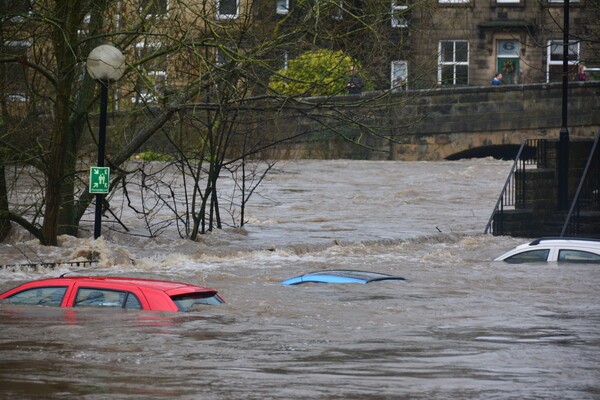Government Needs to Overcome Political and Infrastructural Obstacles to Prevent Seoul From Flooding Again

[Flood. Photo Credit to Unsplash]
With the flood of August sinking numerous districts in Seoul, the South Korean government has two options : one infrastructural and one political.
Korea has unfinished business from seven years ago for the first challenge, contributing to Seoul’s flooding.
Back in 2015, the Korean government spent 1.4 trillion Korean won to solve the issue of flooding, but it has yet to be completed after numerous delays.
Seoul has always suffered from floods since the 1970s. The reason for repeated flooding is that many districts in Seoul are below sea level, allowing for the rainwater to be collected.
Therefore, Seoul needs to revamp the drainage system to remove the rainwater more efficiently.
The project Banpo-cheon Yuyeokboonri Tunnel Construction, one of the key goals of the 1.4 trillion Korean won investment seven years ago, was never finished, preventing the investment from taking full effect.
Delay for years resulted in Seoul’s continuous flooding over the years. Ultimately, the Korean government noticed the urgency of improving the drainage system after the flooding in Seoul that killed eight people this August.
Many experts and South Korean government officials declared that for the flooding in Seoul to subside, the Banpo-cheon Yuyeokboonri Tunnel Construction must finish.
The Banpo-cheon Yuyeokboonri Tunnel Construction is a project that will transport rainfall straight to Banpo-cheon rather than going through numerous other sewer systems to reach it, simplifying the process and decreasing the risk of clogging the drainage.
However, the delay of Banpo-cheon Yuyeokboonri Tunnel Construction due to the government slowing down the process means we aren’t seeing the benefits of spending 1.4 trillion dollars on the drainage system.
Therefore, the South Korean government is obligated to complete its unfinished construction from 7 years ago.
Moreverthere are political issues that the Korean government now face.
Due to the flood, Seoul suffered severe damages, and civilians demanded financial support from the government.
People left their cars on the road and ran away to a safer area because their automobiles weren’t moving in the flood. Additionally, people lost their homes, and some even lost their lives.
The flood damaged 11,488 cars in Seoul, costing 162 billion Korean won.
Naturally, the Korean citizens are demanding the Korean government for aid.
Although the Korean government could provide aid for Korean citizens, they do not have the legal obligation to assist every Korean citizen.
In 1998 when there was 340 mm of rain in Seoul, about 100 citizens sued the government for the damage the flood caused them. However, the court said that the government wouldn’t have been able to predict the damage a rain would bring once in 100 years and didn’t hold the government responsible for compensation.
Since this August’s flood was unexpected and rare, the government wouldn’t have been able to foresee it, so the government cannot be held legally responsible for the damage done by the flood.
Therefore, all the Korean government has to do is reconstruct the drainage system and prevent future cases of flooding.
However, suppose it can be proven that the government didn’t regularly maintain the drainage system, the government can be held accountable for being careless about preventing flooding that could have come at any time.
Future floodings in Seoul are inevitable. And our outcome will be determined by how well we learn from our mistakes from August’s flooding. For Seoul to prepare against future floods of a similar calibre, we must learn from our recent failure to prepare against flooding.

- William Park / Grade 9
- Seoul International School

![THE HERALD STUDENT REPORTERS [US]](/assets/images/logo_student_us.png)
![THE HERALD STUDENT REPORTERS [Canada]](/assets/images/logo_student_ca.png)
